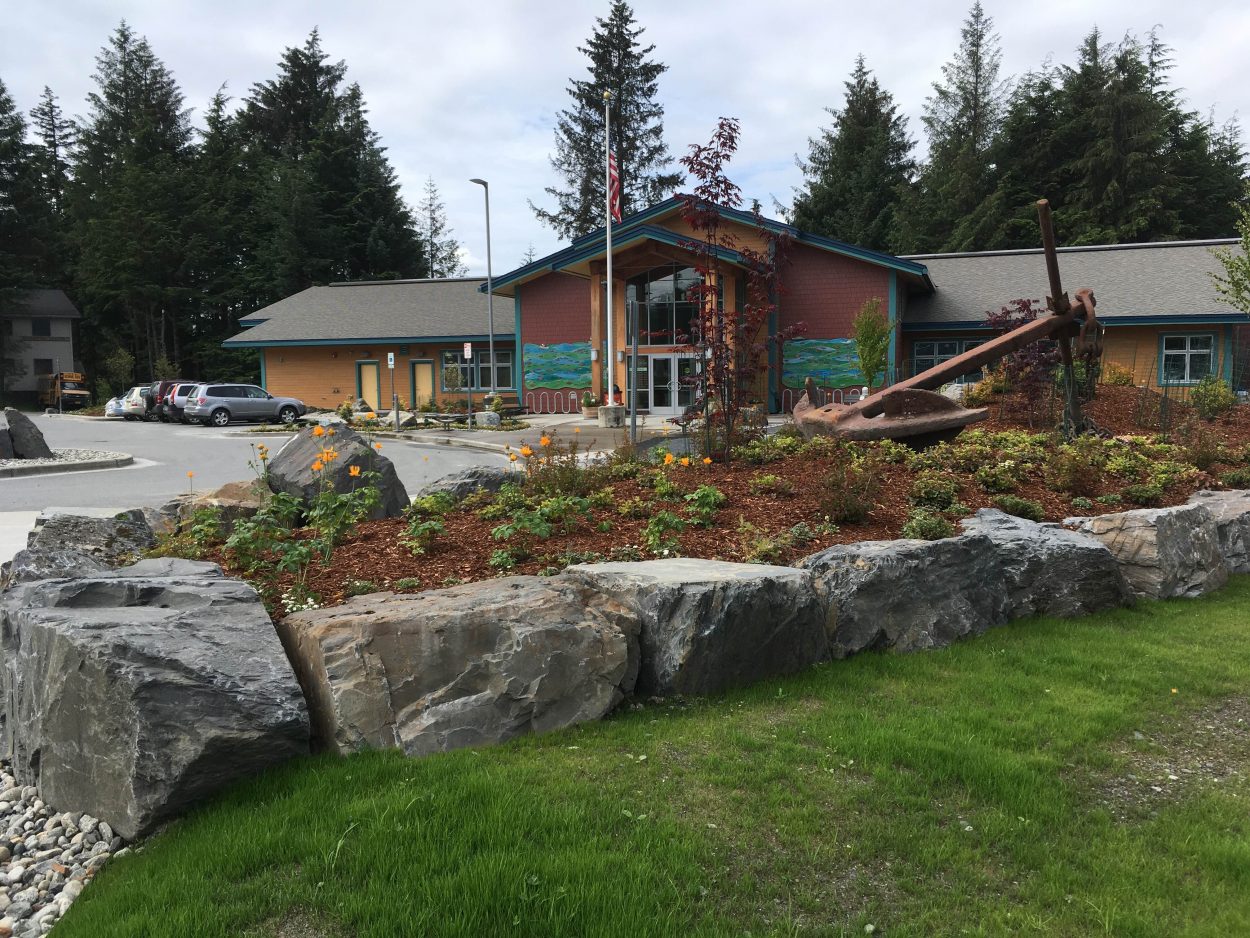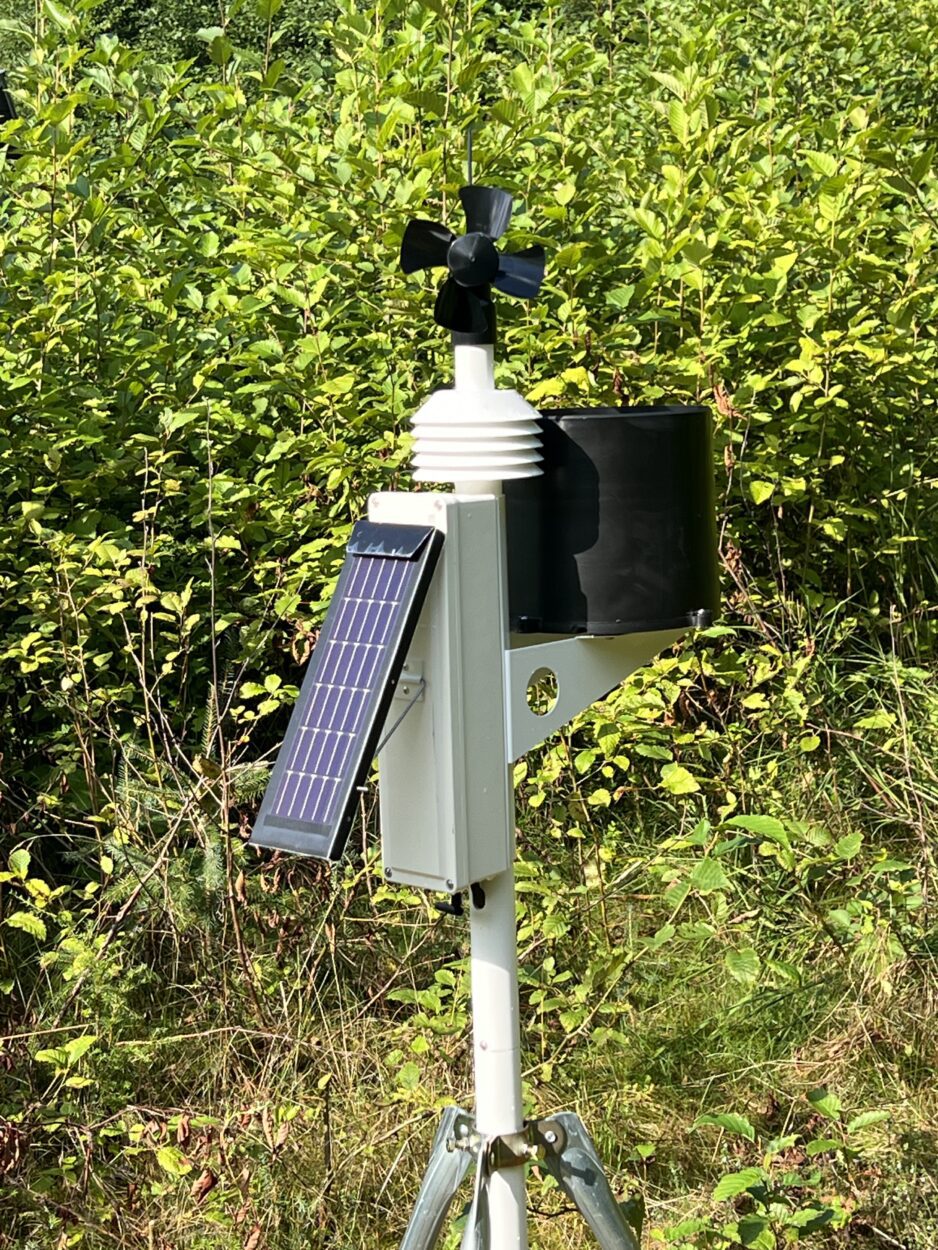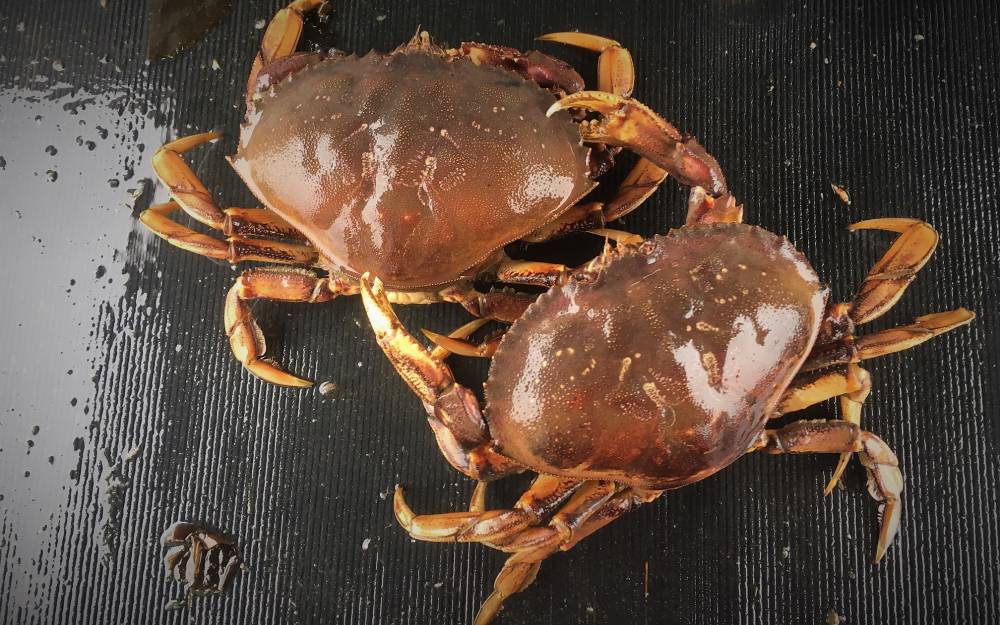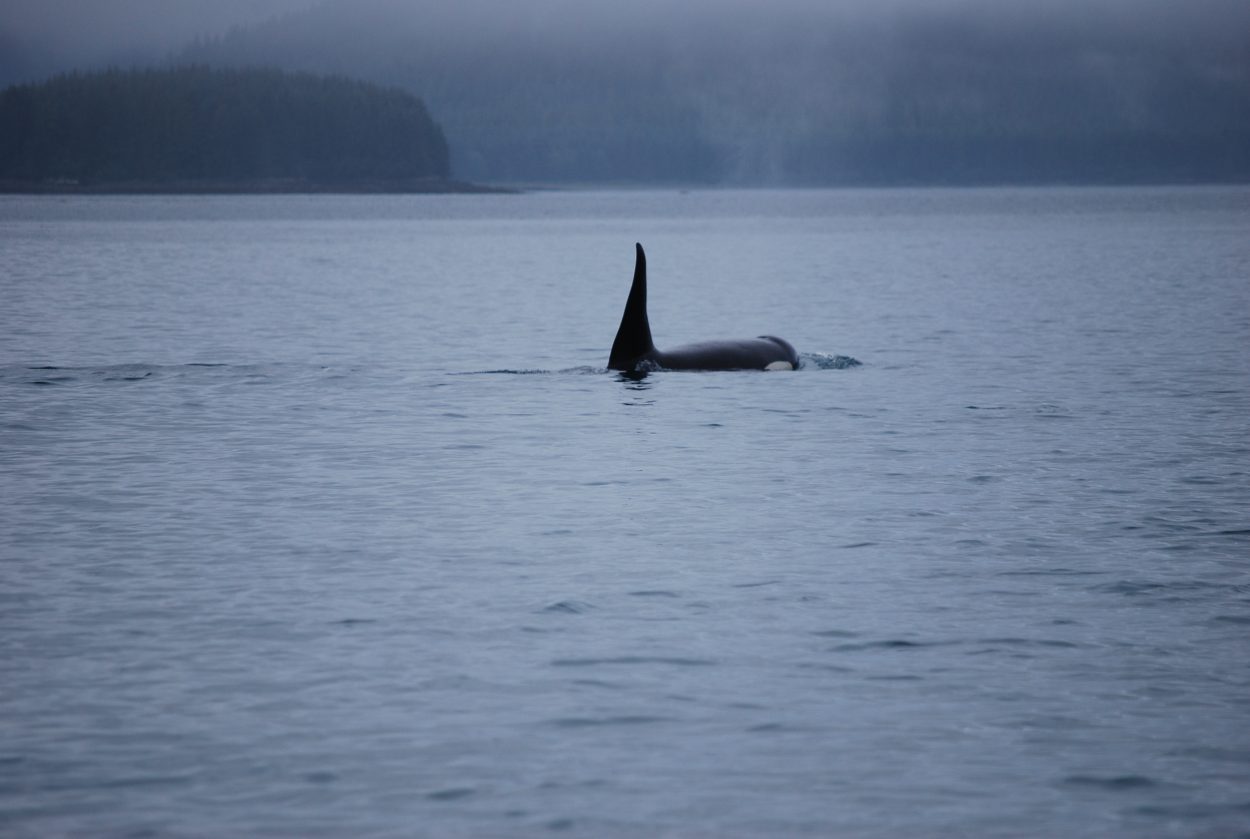
Southeast Alaska broke records for rainfall this spring. And for the Blind Slough hydroelectric plant near Petersburg, more rain means more power.
Sometimes, however, there is such a thing as too much rain, according to Petersburg Borough Utility Director Karl Hagerman.
“This year, there was just too much water to deal with,” he said.
The hydro plant uses water from a dam at Crystal Lake to generate power. But the record-breaking precipitation Mitkof Island got in May caused Crystal Lake to spill over at the beginning of June.
“Whenever you’re managing a hydroelectric lake, you don’t ever want it to spill,” Hagerman said. “You want to use every drop that you get out of the sky to make power with, so it’s unfortunate when you spill.”
Hagerman said the lake spills over about once a year, flowing down Crystal Creek into Blind Slough. Crystal Lake is located partway up Crystal Mountain, about 17 miles south of Petersburg. Water flows through a pipeline, or penstock, down to the plant’s powerhouse where it’s used to generate power.
In reaction to the spill, staff turned up the plant’s power production from its typical rate of 1,800 kilowatts per hour to the highest it’s ever been, at 2,100 kilowatts.
“Gaining that extra 300 kilowatts doesn’t sound like a lot, but … it does mean quite a bit,” Hagerman said.
But even at its maximum output, the plant still wasn’t able to harness all of the extra water.
After the water is used by the plant, it flows out to the neighboring Crystal Lake salmon hatchery. Bill Gass is the production manager for the nonprofit that operates the hatchery, Southern Southeast Regional Aquaculture Association. He said hatchery staff noticed a spike in nitrogen levels in the water, and they were concerned the plant’s power increase was potentially causing it. Too much nitrogen in the water can cause disease and death for salmon.
“It’s analogous to divers getting the bends,” Gass said, referring to decompression sickness. “Put nitrogen under pressure, then strange things start happening.”
No salmon died at the hatchery this time. But its staff asked the hydro plant to turn the power back down to its normal rate as a precaution, Gass said.
The hydroelectric plant near Petersburg is one of several in Southeast Alaska that shares its water source with a hatchery. Gass said most of the time, having hydro plant neighbors is a good thing.
“It’s a really good way to maximize the benefit of a resource,” said Gass. “The vast majority of time, it works perfectly. They get what they need, we get what we need, and everybody’s happy.”
Hagerman described it as a “balancing act” between the hydroelectric plant and hatchery’s respective goals of generating as much power as possible and keeping the salmon healthy.
He said generating more power locally at the Blind Slough hydro plant helps offset the cost of purchasing it from other providers, like the Southeast Alaska Power Agency.
“So the more water we have, and the higher output that we can sustain on our hydro … ultimately helps the customers in the long run,” Hagerman said.
If any compromises need to be made the next time Crystal Lake spills, Hagerman and Gass said the hydro plant and hatchery teams will continue to work together.











